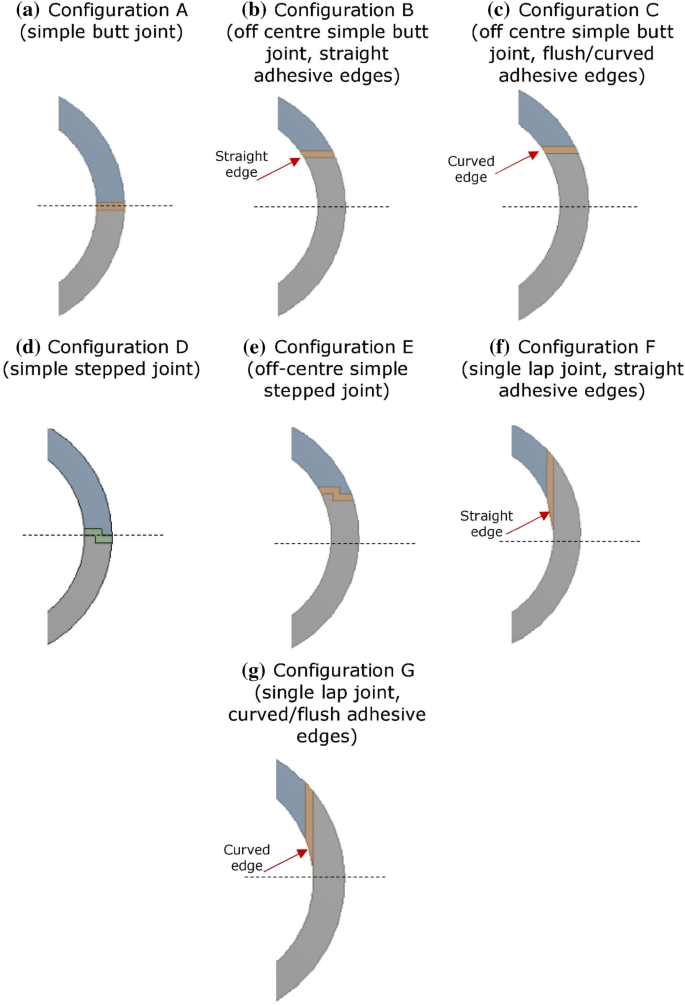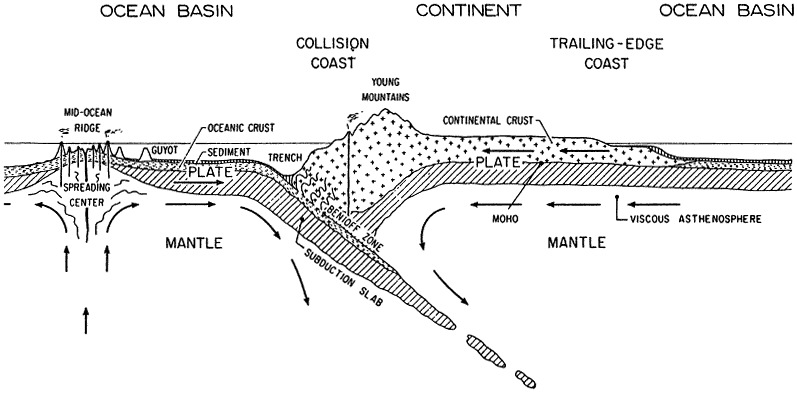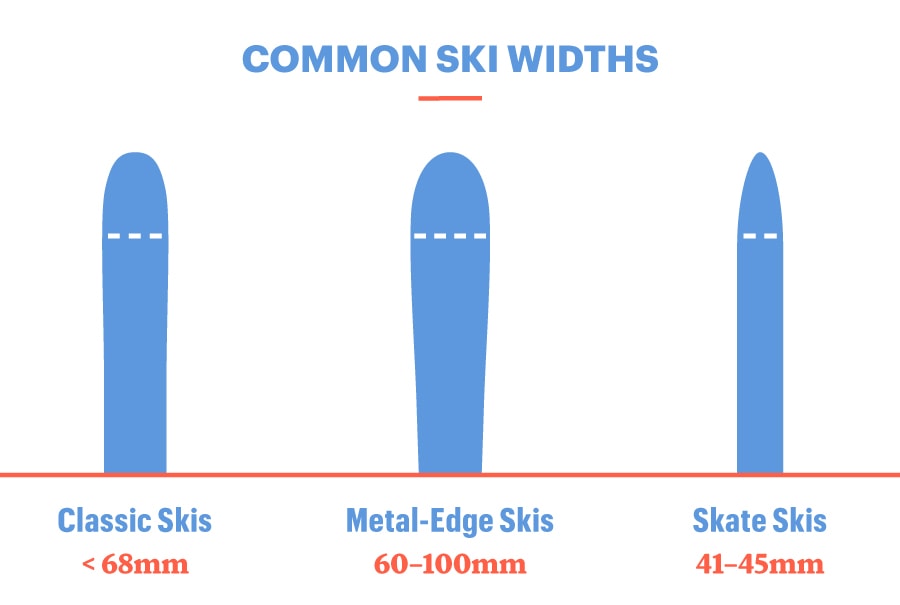A chain of volcanoes often forms parallel to convergent plate boundaries and powerful earthquakes are common along these boundaries.
Edges of the plate boundaries are very rugged and uneven.
The earth s surface is very uneven with all its mountains and valleys and at one time scientists thought this was due to shrinkage of the earth s surface crust as.
What was the tethys sea.
A continental shelf is the edge of a continent that lies under the ocean continents are the seven main divisions of land on earth.
The nazca plate has.
Tectonic plates are huge slabs of the earth s crust which fit together like pieces of a puzzle.
Use the table below and the map key on the types of plate boundaries map to draw the correct symbols identifying each type of plate boundary.
Plate boundaries are the edges where two plates meet.
What are plate boundaries.
Types of plate boundaries map identification directions b 1.
The impact of the two colliding plates buckles the edge of one or both plates up into a rugged mountain range and sometimes bends the other down into a deep seafloor trench.
Sometimes these plates collide move apart or slide next to each other.
In general plate boundaries are the scene of much geologic action earthquakes volcanoes and dramatic topography such.
The impact of the colliding plates can cause the edges of one or both plates to buckle up into a mountain ranges or one of the plates may bend down into a deep seafloor trench.
Plate tectonics above gives the 2nd big picture view view of plate tectonics and the situations at 1 to 4 will be referred to throughout the answer notes of sections 8.
Very few plate boundaries follow the edges of continents.
Plate boundaries the ring of fire is the result of plate tectonics.
The plates are not fixed but are constantly moving atop a layer of solid and molten rock called the mantle.
The concept of plate tectonics was formulated in the 1960s.
Even though they are underwater continental shelves are.
Lightly shade in each tectonic lithospheric plate with a different color if possible.
In addition they helped scientists recognize that there are other types of plate boundaries.
Lillie emeritus professor of geosciences oregon state university e mail produced under a cooperative agreement for earth science education between the national park service s geologic resources division and the american geosciences institute.
According to the theory earth has a rigid outer layer known as the lithosphere which is typically about 100 km 60 miles thick and overlies a plastic moldable partially molten layer called the asthenosphere the lithosphere is broken up into seven very large continental and ocean sized plates six or seven medium sized regional.
These observations about the distribution of earthquakes and volcanoes helped geologists define the processes that occur at spreading ridges and subduction zones.
Most geologic activities including volcanoes earthquakes and mountain building.
A continental shelf extends from the coastline of a continent to a drop off point called the shelf break from the break the shelf descends toward the deep ocean floor in what is called the continental slope.









